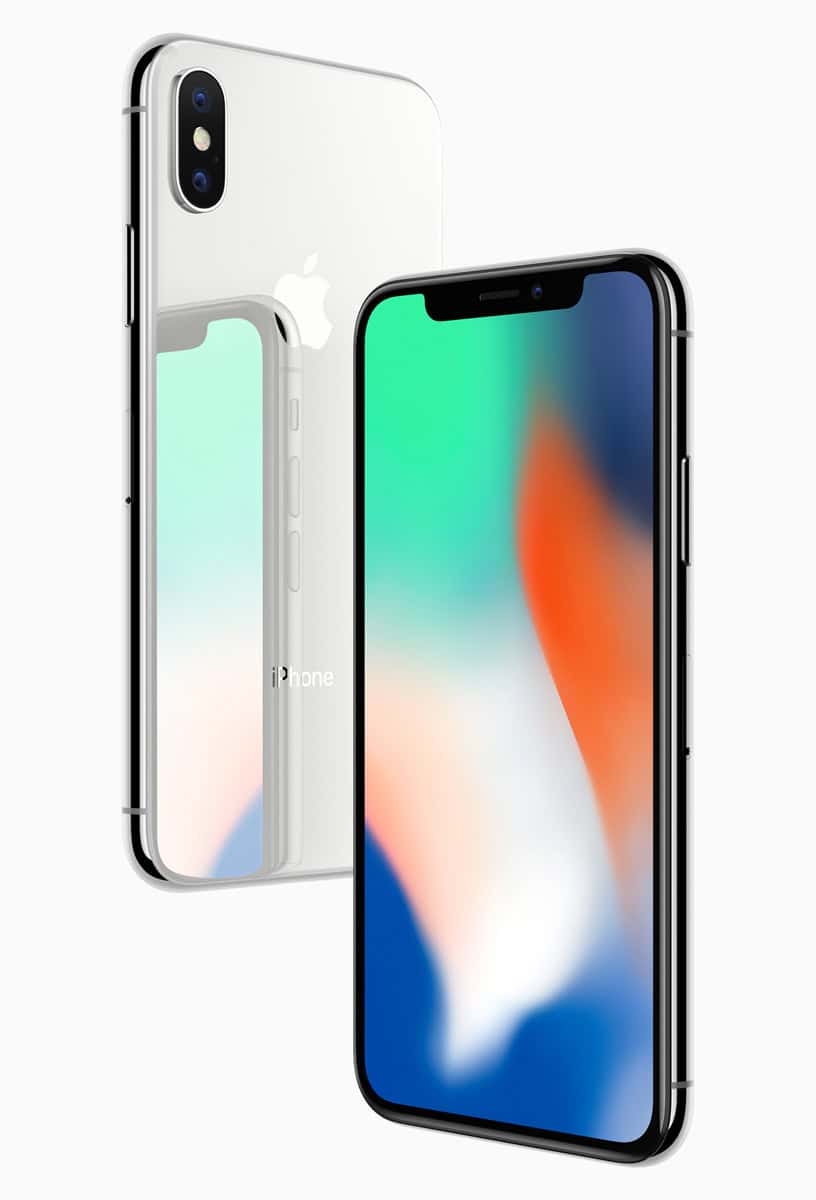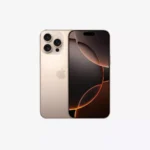The iPhone X marked a turning point in Apple’s phone design, departing from the familiar button-laden front face to a nearly all-screen facade. Its successor, the iPhone XS Max, took this new blueprint and expanded on it quite literally with a larger display. Consumers looking to upgrade or choose between the two models have different factors to consider, including size preference and technical specifications. While the iPhone X introduced the world to Face ID and the notch, the XS Max pushed the envelope by offering a more immersive experience with its bigger screen and improved capabilities.
Understanding the key differences between the iPhone X and XS Max is crucial for consumers. The XS Max boasts a larger and more color-accurate OLED screen, improved battery life, and a faster processor in the form of the A12 Bionic chip. These enhancements contribute to a smoother, more responsive user experience. Both models showcase Apple’s commitment to quality design and build, but the XS Max nudges ahead with its improved hardware which translates to better performance for various applications, from gaming to photography.
Choosing the right iPhone depends on user needs and preferences. Those seeking a more manageable one-handed device might lean towards the iPhone X, while others who consume a lot of media or want the latest processing power might find the iPhone XS Max more suitable. Each has its merits, and understanding how those align with individual requirements will guide users to make an informed decision.

Unraveling the Upgrades: A Comprehensive iPhone X vs. XS Max Review
The iPhone XS Max, released in 2018, was a notable upgrade over its predecessor, the iPhone X. While they share a similar design, several key enhancements make the XS Max a more compelling option for many users.
Display and Design: Bigger is Better
The most obvious difference between the two models is the display size. The XS Max boasts a massive 6.5-inch Super Retina OLED display, while the X sports a 5.8-inch screen. This makes the XS Max an excellent choice for media consumption and productivity.
Performance: Power Boost
Under the hood, the XS Max features Apple’s A12 Bionic chip, a significant improvement over the A11 Bionic in the X. This translates to faster performance, smoother multitasking, and better overall responsiveness.
Camera: Improved Imaging
While both phones have dual 12MP rear cameras, the XS Max benefits from improved image processing and Smart HDR, resulting in better dynamic range and low-light performance. Additionally, the XS Max can record 1080p video at 60fps on the front camera, compared to 30fps on the X.
Battery Life: Longer Lasting
The XS Max also packs a larger battery, providing a noticeable improvement in battery life over the X. This is particularly beneficial for power users who demand longer usage between charges.
Storage: More Options
Apple offered the XS Max with up to 512GB of storage, double the maximum capacity of the X. This makes the XS Max a better option for users who need ample storage for apps, photos, and videos.
Comparison Table: iPhone X vs. XS Max
| Feature | iPhone X | iPhone XS Max |
|---|---|---|
| Display Size | 5.8 inches | 6.5 inches |
| Resolution | 1125 x 2436 pixels | 1242 x 2688 pixels |
| Processor | A11 Bionic | A12 Bionic |
| RAM | 3GB | 4GB |
| Storage | 64GB / 256GB | 64GB / 256GB / 512GB |
| Rear Camera | Dual 12MP | Dual 12MP (Improved) |
| Front Camera | 7MP | 7MP (1080p @ 60fps) |
| Battery | 2716mAh | 3174mAh |
| Dimensions | 143.6 x 70.9 x 7.7 mm | 157.5 x 77.4 x 7.7 mm |
| Weight | 174 grams | 208 grams |
Conclusion: The Verdict
While the iPhone X is still a capable device, the XS Max offers significant improvements in several key areas. The larger display, faster performance, improved camera, longer battery life, and increased storage options make it a worthy upgrade for those seeking a more powerful and feature-rich iPhone experience.
Key Takeaways
- Screen size and technical specifications are two main contrasts between the iPhone X and XS Max.
- The iPhone XS Max offers an improved user experience with a larger display and higher performance.
- Personal preference and individual usage needs should drive the choice between the two models.
Design and Build Quality
When comparing the iPhone X and iPhone XS Max, one can note the shared and distinct design elements and build quality.
Materials and Durability
Both models sport a front and back made from durable glass, framed with stainless steel. Apple designed these materials to provide a high-end look while ensuring durability.
Dimensions and Weight
The iPhone XS Max is larger and slightly heavier than the iPhone X. It measures 157.5 by 77.4 by 7.7 mm and weighs 208 grams. In contrast, the iPhone X measures 143.6 by 70.9 by 7.7 mm and is lighter at 174 grams.
Aesthetic and Color Options
These iPhones feature a sleek, modern design, available in various colors including silver, space gray, and gold for the XS Max. They showcase a glass back, enhancing their overall aesthetic.
Environmental Resistance
Both models boast IP68 environmental resistance. This means they can withstand dust, dirt, and sand, and are resistant to water submersion up to a depth of two meters for up to 30 minutes.
Models Comparison
While the iPhone XS Max’s design looks like a larger version of the iPhone X, the XS Max offers a bigger screen and additional color choice. Each model reflects Apple’s commitment to a design that balances style with function.
Hardware and Performance
This section compares the hardware and performance of the iPhone X and XS Max. It looks at factors such as processors, memory, and camera capabilities.
Processors and Computing Power
The iPhone XS Max houses the Apple A12 Bionic chip with a next-generation Neural Engine. This boosts performance for both the central processing unit (CPU) and the graphics processing unit (GPU). The iPhone X, with its A11 Bionic chip, paved the way but the XS Max takes processing power a step further.
Memory and Storage Options
Both phones offer multiple internal storage options, but the iPhone XS Max adds a 512 GB variant to the mix. Each model includes a fixed amount of Random Access Memory (RAM), with the XS Max typically offering more RAM to support its advanced processor.
Screen Technology
The XS Max features a larger OLED screen at 6.5 inches compared to the iPhone X, which has a 5.8-inch display. Both boast high pixel density, vivid colors, and true blacks due to the OLED technology. These screens also support HDR content.
Camera Capabilities
Both models have dual 12MP rear cameras but the XS Max brings improved software and hardware for photos and videos. There’s better image stabilization and the front camera provides more detail. This results in sharper images and more efficient video recording.
Battery and Power Efficiency
The XS Max has a larger battery than the iPhone X, leading to longer battery life. Both models support wireless and fast charging, but the more powerful A12 chip in the XS Max offers greater energy efficiency over extended use.
Connectivity Features
The XS Max improves network connectivity with better LTE options. Both models support eSIM technology alongside the traditional SIM, offering users dual-SIM capability. Additional connectivity features like Bluetooth, NFC, and a range of GPS options are present in both models. The XS Max, however, tends to offer a more stable connection experience.







